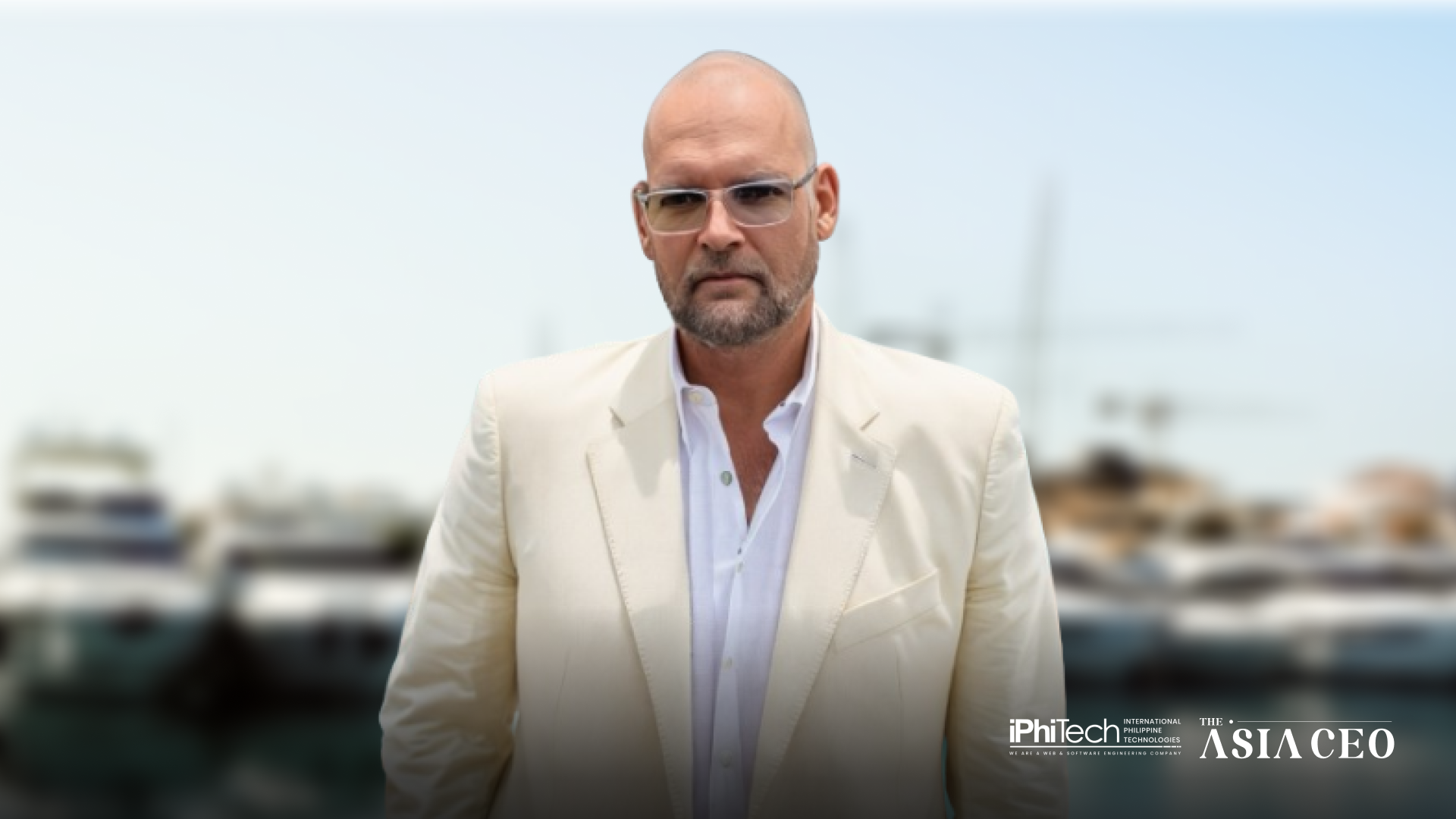Luxury has long held a compelling allure and has recently emerged as an appealing
alternative investment. While the concept of investing in the luxury sector is not novel, the
last decade has witnessed the emergence of investment funds and firms with a focus on
luxury, many of which have outperformed traditional portfolio components such as stocks
and bonds. However, the investment of interest here is not in the companies themselves,
but in the acquisition of the products they sell.
It’s noteworthy that families with generational wealth have historically allocated a portion
of their fortunes to luxury items—not with an expectation of return on investment (ROI),
but as a diversification strategy or as a protective measure against volatility in traditional
assets. In times past, when the world was more unstable, the ability to swiftly transport
valuable assets such as a pouch full of diamonds was, and remains, a significant
advantage.
In more recent times, the media has shaped the narrative that luxury items are not only
symbols of status but can also appreciate in value, which has triggered a surge in
demand for various luxury products.
Such surges in popularity often lead to either a market rally or an investment bubble.
Historical examples abound, from the tulip mania in the Netherlands to the more
contemporary fascination with NFTs. The luxury watch market experienced a similar
phenomenon between 2020 and 2021 when prices skyrocketed unsustainably and
subsequently plummeted by 50% or more in the following 18 months.
Purchases during this period were driven not just by investment considerations but also
by a ‘doomsday’ spending mentality, an abundance of cash due to the restricted lifestyles
imposed by COVID-19, and historically low interest rates. With the world largely returned
to normal, the disappearance of ‘cheap money’ has also cooled the fervor for luxury
watches priced at triple or quadruple their retail value. Additionally, the luxury market has
felt the impact of diminished Russian patronage, a consequence of restrictions stemming
from the war in Ukraine.
Certain luxury items remain sound investments due to their scarcity or limited production
runs. For instance, a Patek Philippe watch produced in a limited series of 150 pieces will
invariably command a value above its retail price. It is crucial to approach such
opportunities with discernment to sidestep potential pitfalls. We provide advice to family
offices globally on their highly discerning strategies to safeguard and enhance wealth.
An essential factor in maintaining or increasing an item’s value is its condition. It is
essential to recognize that an item achieves its highest value when it remains unworn or
unused, complete with the original packaging and documentation as provided by the
store. Even a single use can be detected by experts and result in a depreciation of over
20% from its maximum potential value.
Conversely, the appeal of luxury items also lies in their inherent value; even if they do not
appreciate as anticipated, you are still left with a beautifully crafted item for personal
enjoyment, which is an investment in its own right and, at times, can be considered
priceless.

